Mentha x piperita
A European mint with terminal lavender flower clusters
Mentha x piperita peppermint
This European perennial plant was introduced to North America at an early date. Although often considered a separate species, it is likely that peppermint is the result of natural hybridization between the water mint and the spearmint and is often found growing near those other species. It is common among plants to form new species by hybridization as the process sometimes prevents them from backcrossing with the parent species.
Peppermint has smooth, branching, and purplish stems. The flowers are whorled in a short or interrupted terminal spike. The 1/2-3/4 inch wide flower spike is at first oval and crowded, and then becomes cylindrical and less compact. Individual flowers are violet or lavender in color and are about ¼ inch long. The corolla is four-lobed. The flowers produce nectar and are a source of food for honeybees and other insects.
The leaves are about 1 to 2 ½ inches long, opposite, lance-shaped, soft, and sharply toothed. The main leaves are stalked. The plant grows 1/½ to 3 feet high and is found along shorelines of streams and ponds, in wet meadows, and along roadsides, throughout much of Eastern North America and many parts of the West.
The plant is a member of the mint family and has the typical square stem. The plant can be used to make tea or as a flavoring. It has high menthol and aromatic oil content. Crushed leaves have a distinct taste and odor of mint and taste hot when chewed. Peppermint has long been used as a herbal remedy for a variety of ailments and modern scientific studies have shown that peppermint extracts do have medical value as a pain reliever. It is spread only by growth of its rhizomes since, as a hybrid, the seeds are usually sterile. It is fast-growing and once established spreads quickly.
Habitat & Range
Naturalized in wet fields, moist thickets, swamps and stream banks.
Present throughout the state.
| EMP: | FACW |
|---|---|
| NCNE: | OBL |
Phenology
Flowers June to September.
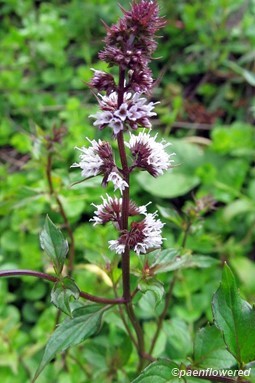
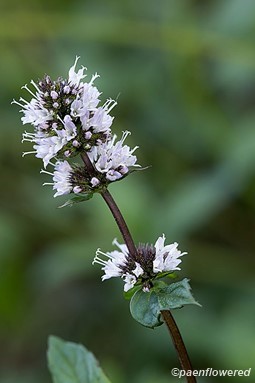
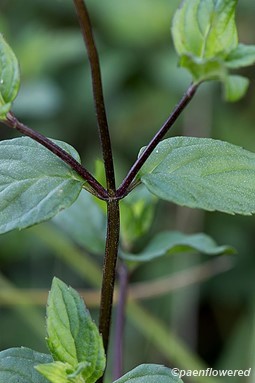

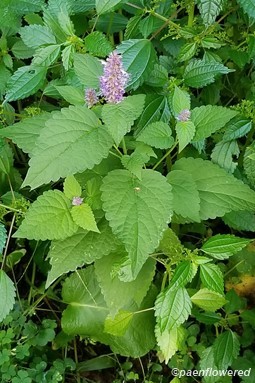
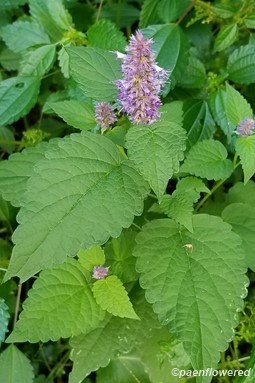





Comments
Have you spotted this plant in your area? We'd love to hear about your experience! Share your comments or questions about the plant below. Comments are moderated before posting.